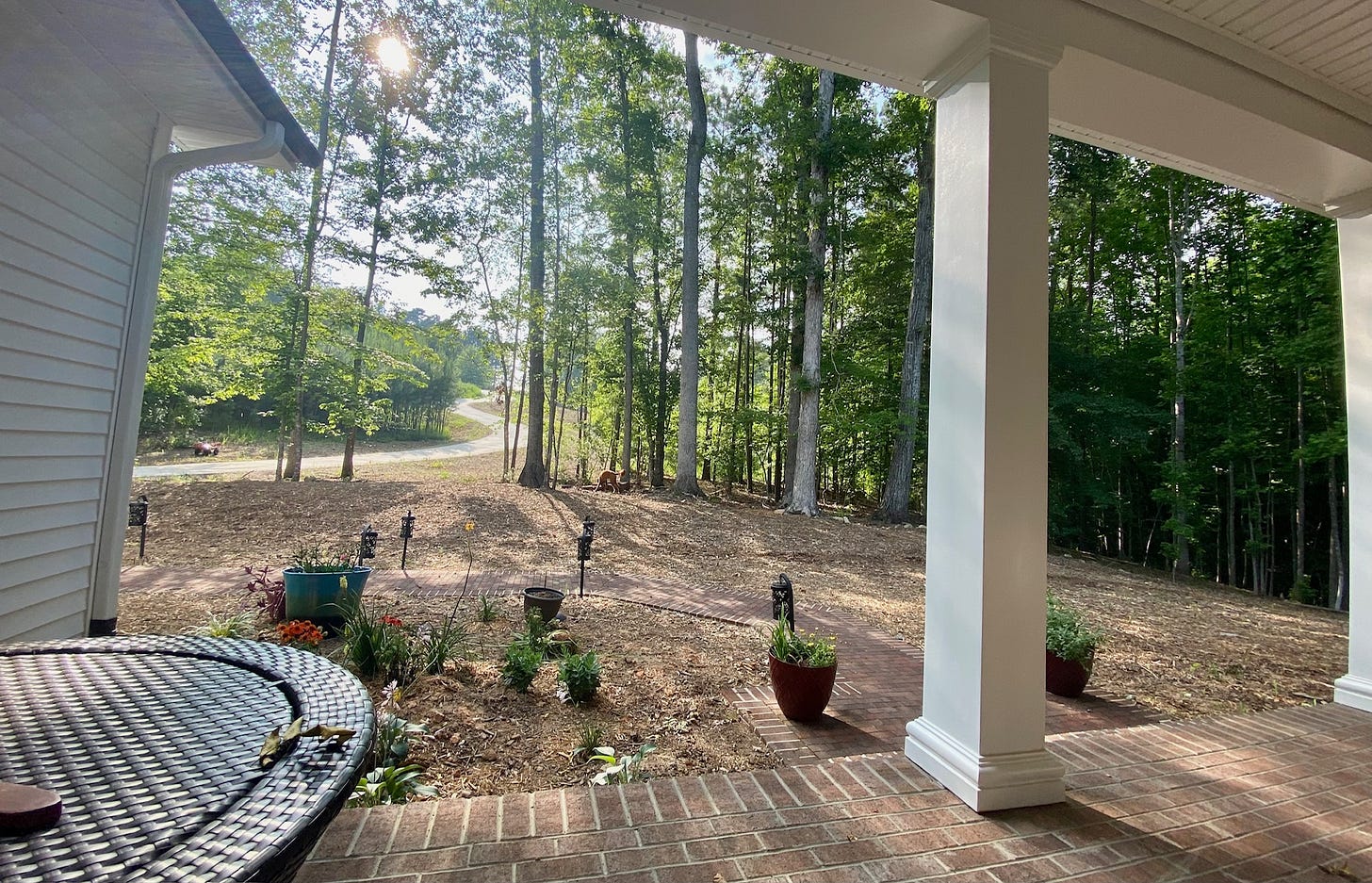Last year was unbelievable. If I had to recap 2022, here are some highlights:
Build a new house
ER visit
COVID
ER visit, surgery (ablation)
Trip to Mexico
Attempt to pack our old house
Pick up our 2nd pup, WALL-E
Attempted egg retrieval
Move into new house
Heart transplant evaluation
Emergency heart transplant
Adjust to new heart (with a trip back to the hospital, as a precaution)
Walk without a walker
Cardiac rehab (goal, run again)
Unpack new house
The list continues … Somewhere in there was work, getting leave from work to have the first surgery, returning to work, getting leave to have the second, bigger surgery and recovery, and then reestablishing the ability to work weeks after that surgery.
Needless to say, 2022 was a BIG year, so big my cardiac psychologist had one request as we rolled into 2023. “Let’s have an average year,” she said.
My parents and husband agreed. And so, nearly six months in, I’ve worked to adhere to that advice. Or really, I’ve thought deeply about it, specifically what an average year would look like.
Is it taking on extra projects at work, to prove yourself? Probably not. Digging holes in clay in your garden because you finally can? Nope. Maybe it’s doing your rehab-prescribed walk/run, then swimming laps to “cool off.” Hard no.
It’s difficult not to do those things and more, because I CAN do them now and couldn’t before, for many, many years. But remembering my pact to not overdo it, I’ve slowly learned doing little can be A LOT.
It’s taking time to do some front-porch sitting, savoring my dogs playing in our front yard, the leaves rustling the trees, the bees buzzing on the flowers. Or just float in the pool, rather than swim laps. Or watching the dogs spontaneously spoon.
Having an average year means, doing the the little, but BIG, things — that aren’t, in fact, average, but extraordinary … if you slow down to really see them.
A quick update on the weight loss drug I mentioned in past posts. One new thing: A pill form taken every day of the same drug used in the monthly injection offers similar results. A pill form may change the price point. There are other options on the horizon too, according to this piece in The Atlantic. There’s lots of buzz about this new wave of weight loss drugs; I thought this advice column related to judgement of its use was thought-provoking.
Why do I keep talking about this? Mainly because of cardiovascular health. I’m still interested to see the results of the clinical trial I mentioned a few months ago, looking at whether these treatment could reduce things like heart attack and stroke. More on that trial soon.






I thought this was truly beautiful, and reflective of a central theme in a favourite book of mine: 4000 Weeks (Time Management for Mortals), by Oliver Burkeman. Namely, that your time need not be productive in order to be well spent. In fact, in a very real sense, we do not *have* time at all - we merely borrow it, and we know not how much there will be. Thus, time is not a thing to be used, allocated, spent - wisely, poorly, productively, frivolously, or otherwise. Rather, we *are* time, and the only real goal - if there were one at all - is to fully experience that time, to *be* that time, in the broadest sense.
Cultural norms, particularly in the USA, commodify and package time, making it hard for us to break with the feeling that we should be constantly optimizing our time, cramming more work, exercise, or conscious “downtime” into the daily and weekly spans we have available. But I’m slowly learning that this is a deep and harmful error. Chasing time - like pursuing happiness - merely makes us anxious, convinced that if only we could do or possess that one more thing, we will finally feel fulfilled and happy. But happiness is now. And there is no time but now.
So forget carpe diem - we don’t need to seize the day. We need to let the day, and ourselves, be.
Thank you for your continued insights, Ashley. Loving these.